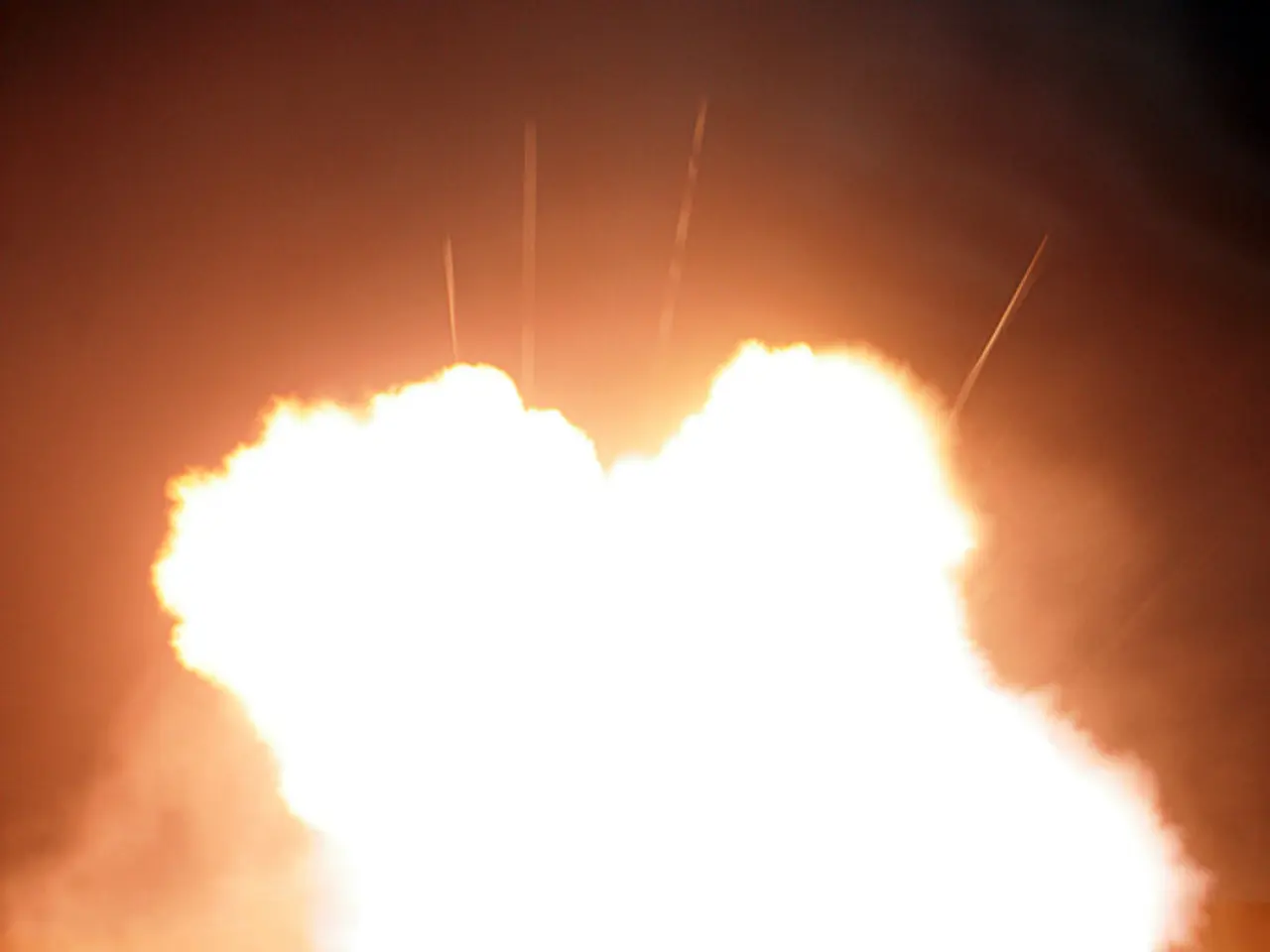Cambodia's persistence in warfare remains a mystery, despite apparent losses- what prevents it from ending the conflict?
In the realm of political propaganda, a new strategy has emerged that is as relentless as a firehose, flooding the public with a torrent of messages without regard for truth or consistency. This strategy, known as the "Firehose of Falsehood," is a social media tactic that prioritizes speed, reach, and emotional impact over factual accuracy.
Originated from Soviet propaganda methods, this approach has been notably employed by Russian state actors in conflicts such as the 2008 Russia-Georgia war and the ongoing Russia-Ukraine conflict since 2014. It also played a significant role in Russia's interference in the 2016 U.S. elections. Key features include rapid message repetition, emotional appeal, sensationalism, and exploiting the 24/7 news cycle to be first rather than accurate.
Operationally, the Firehose of Falsehood aims to drown out nuanced facts and hinder public understanding by generating information overload. Messages are crafted to provoke strong emotional responses—fear, anger, pride—making them memorable and more widely shared despite inaccuracy. This contributes to political polarization, declining trust in institutions, and a fragmented shared reality.
This strategy is not exclusive to governments. Political figures like Donald Trump have also employed it, using relentless messaging and frequent falsehoods as part of their communication strategy, flooding the information ecosystem to confuse and misdirect public discourse.
Recently, the Firehose of Falsehood has been employed in the context of the ongoing tension between Cambodia and Thailand. Cambodia's leadership has a long track record of exploiting propaganda, defying international norms, and rapidly crafting emotional narratives. Professional lobbying firms have been instrumental in disseminating false information about Cambodia abroad. Cambodian leaders aim to project an image of military struggle and national suffering as propaganda, portraying themselves as victims of aggression by a more powerful country.
Despite heavy losses and no prospect of long-term strategic gains, Cambodia's leadership continues military operations, suggesting they seek a different kind of victory through propaganda. This tactic is proving effective, particularly among foreign audiences unfamiliar with the regional context, who are inclined to sympathize with Cambodia as the underdog.
Countermeasures suggested by experts and institutions include preemptive dissemination of accurate information, strategic reduction of misinformation, and enhancing public digital literacy to recognize and resist such propaganda. In the face of this deluge of falsehoods, it is crucial for consumers to remain vigilant and discerning, ensuring that they do not become victims of this high-volume, high-velocity disinformation tactic.
- In the realm of international politics, the Firehose of Falsehood strategy, originally from Soviet propaganda, has been employed not only by governments like Russia in conflicts such as the 2008 Russia-Georgia war and the ongoing Russia-Ukraine conflict, but also by political figures like Donald Trump, flooding information ecosystems with relentless messaging and frequent falsehoods to confuse and misdirect public discourse.
- The Firehose of Falsehood tactic has also been recently observed in the ongoing tension between Cambodia and Thailand, with Cambodia's leadership using propaganda to project an image of military struggle and national suffering, portraying themselves as victims of aggression by a more powerful country.
- To combat the effects of the Firehose of Falsehood, countermeasures such as preemptive dissemination of accurate information, strategic reduction of misinformation, and enhancing public digital literacy are crucial. These measures aim to help consumers remain vigilant and discerning in the face of this high-volume, high-velocity disinformation tactic.
- The ongoing tension between Cambodia and Thailand also illustrates the broader impact of the Firehose of Falsehood strategy, including political polarization, declining trust in institutions, and a fragmented shared reality, as emotional appeals and sensationalism are prioritized over factual accuracy in social media and general news.






